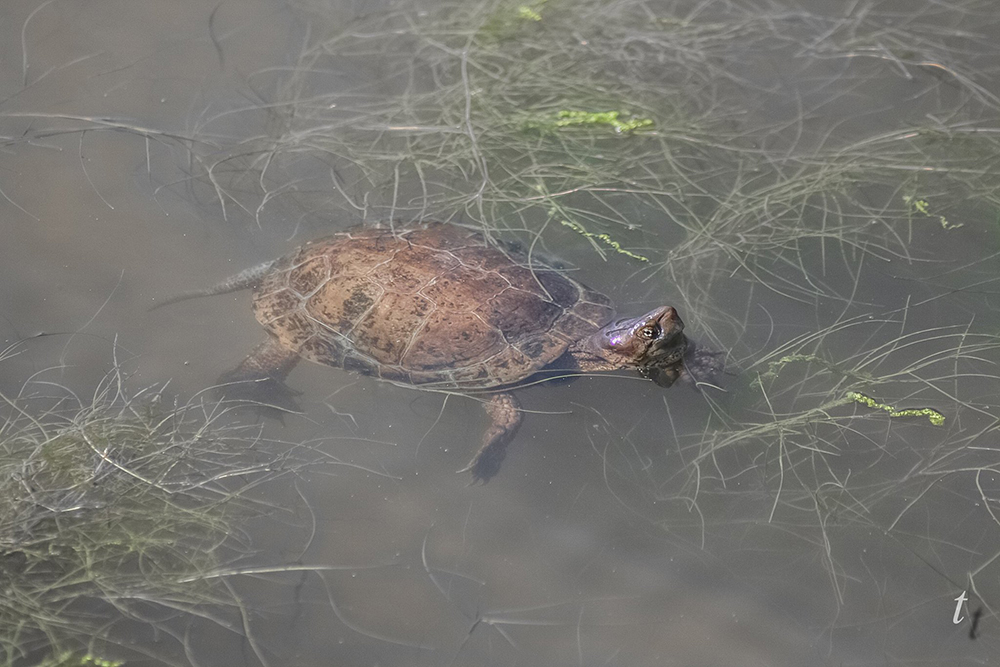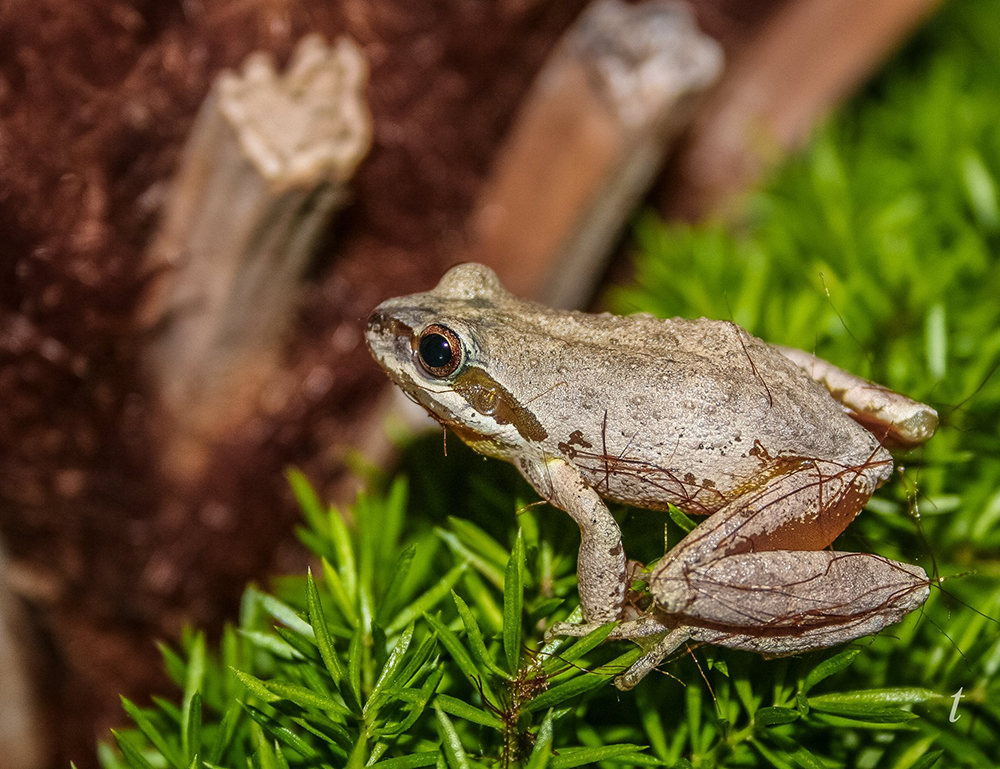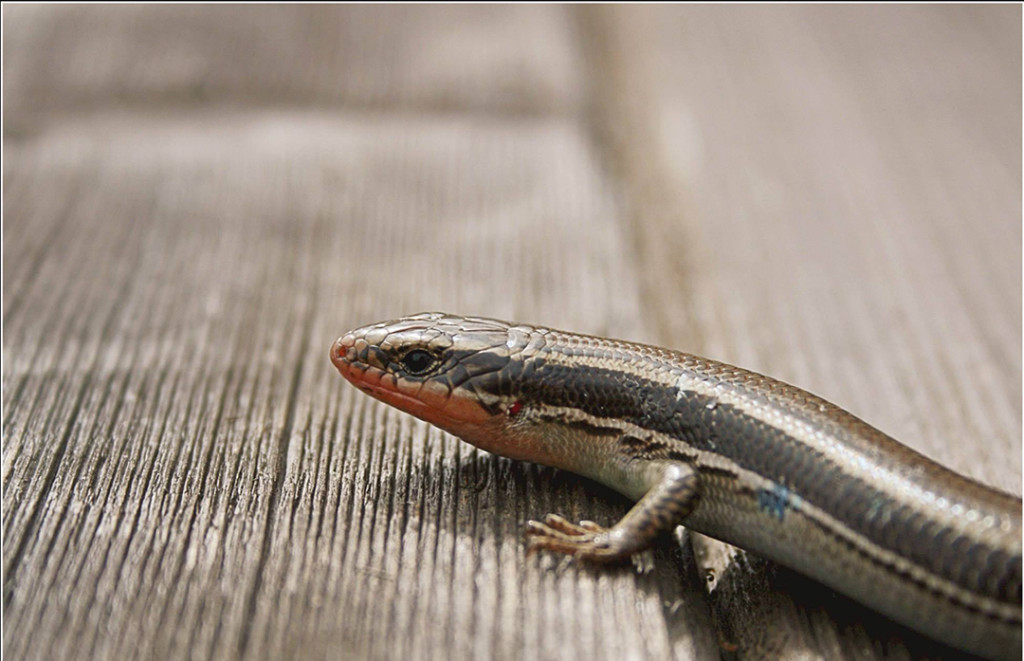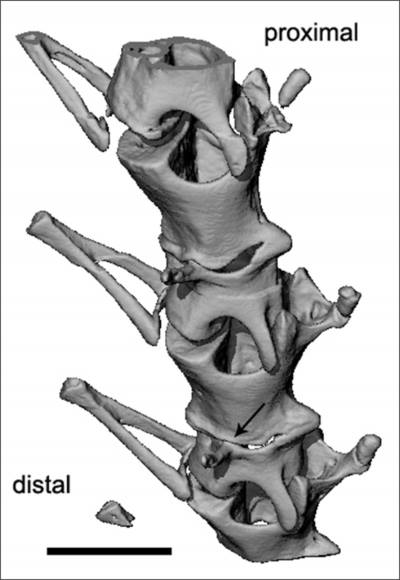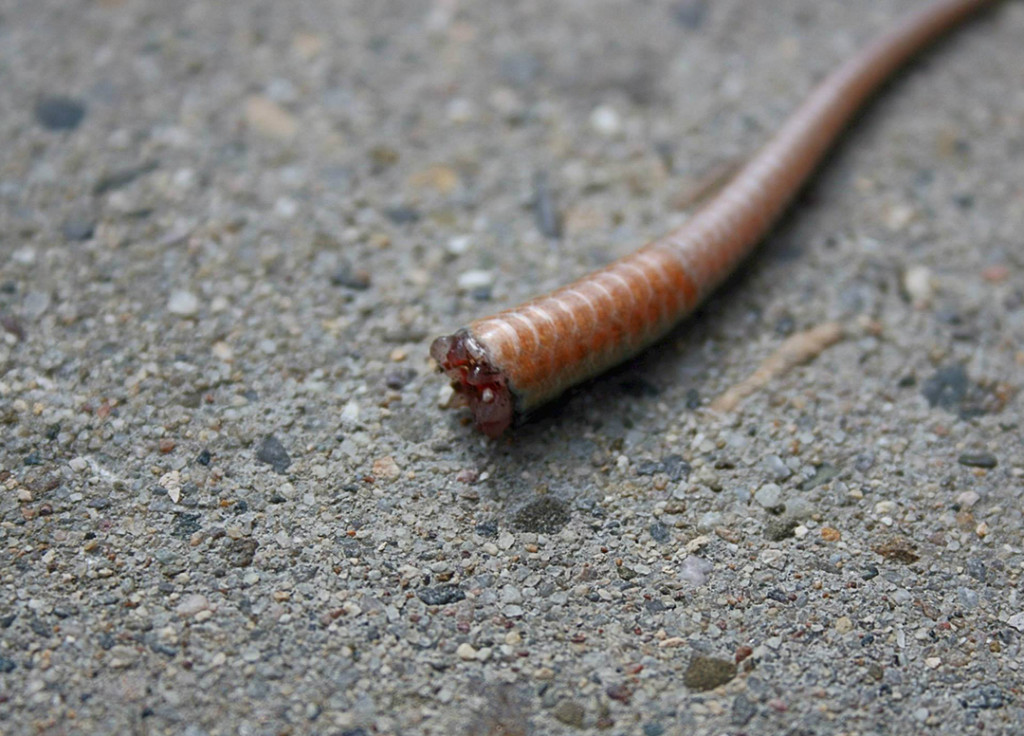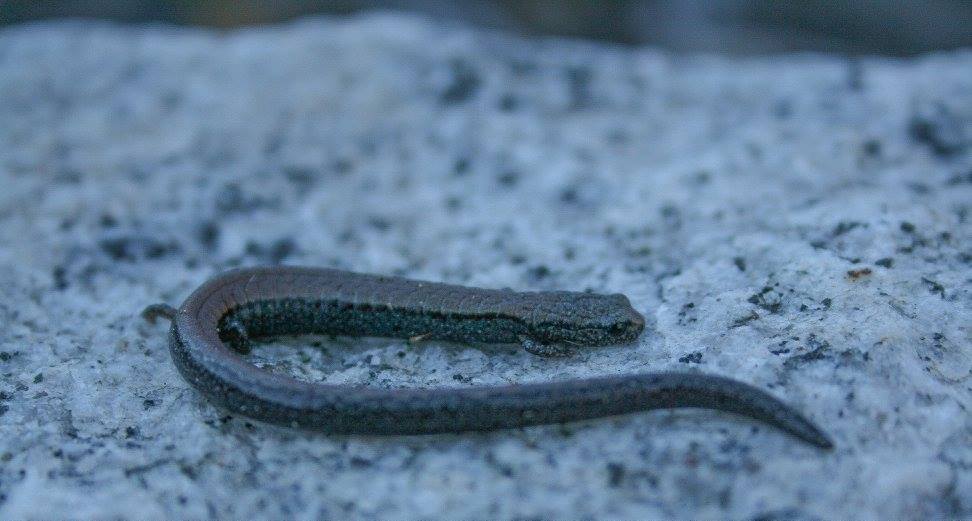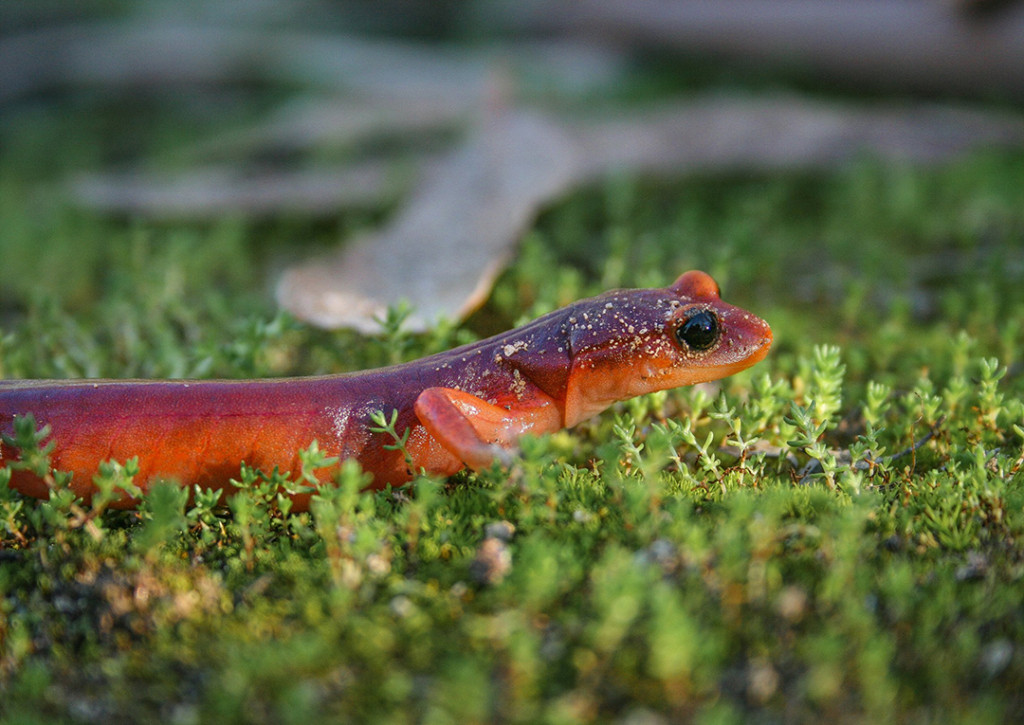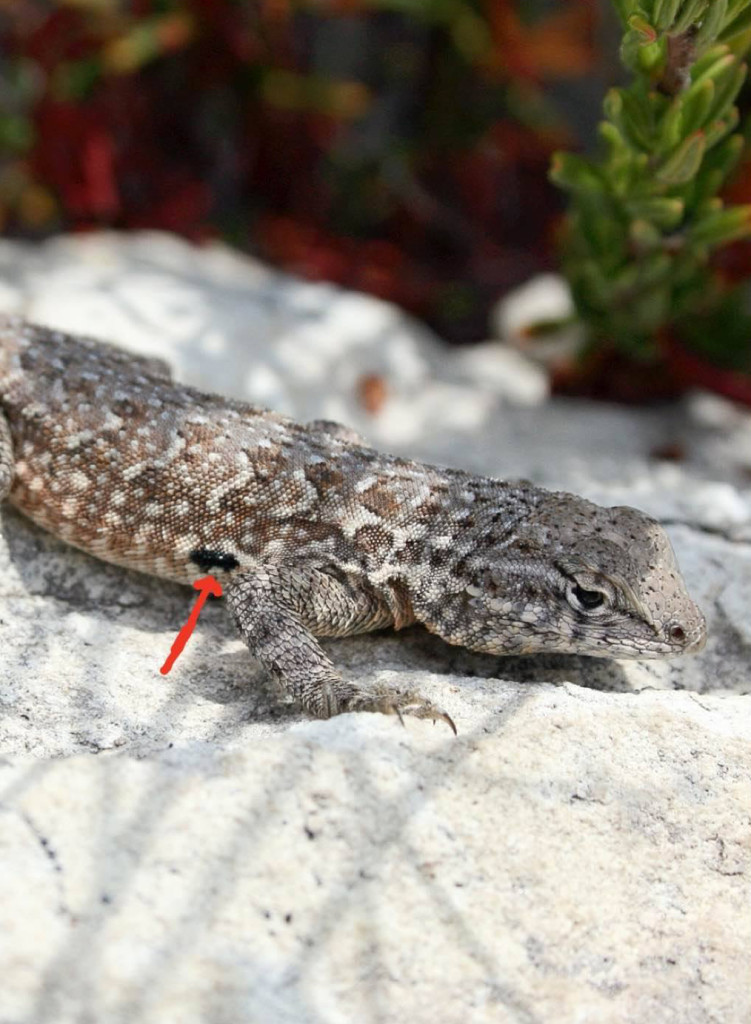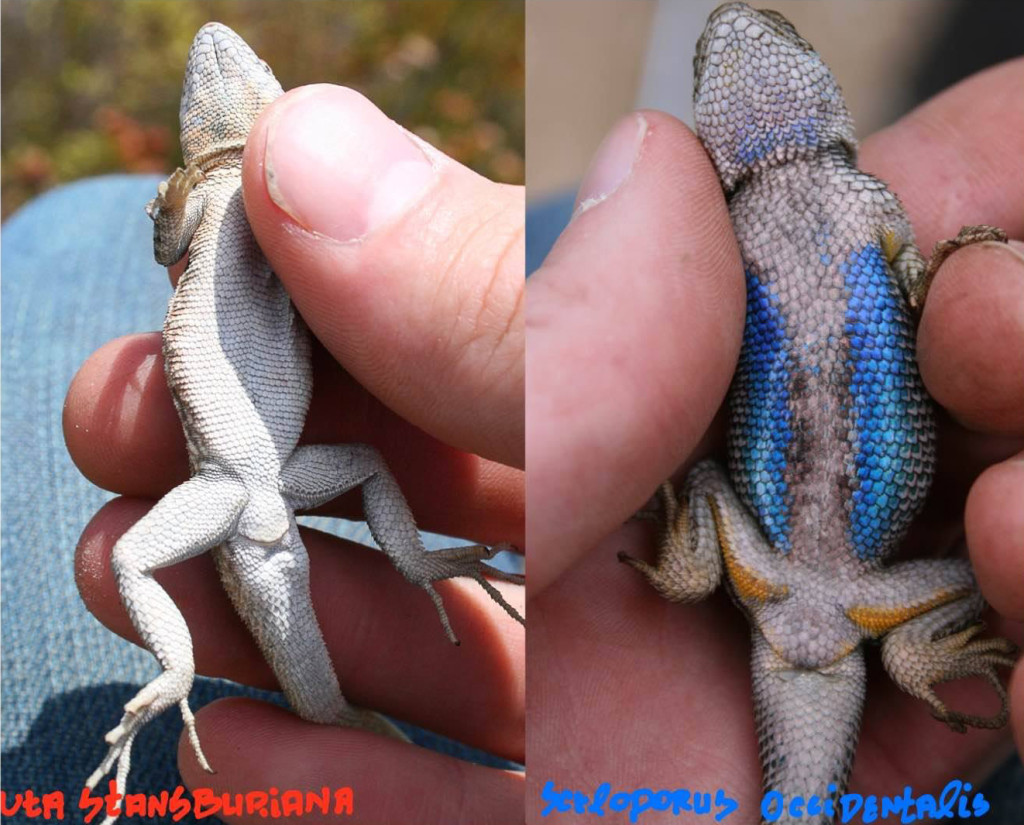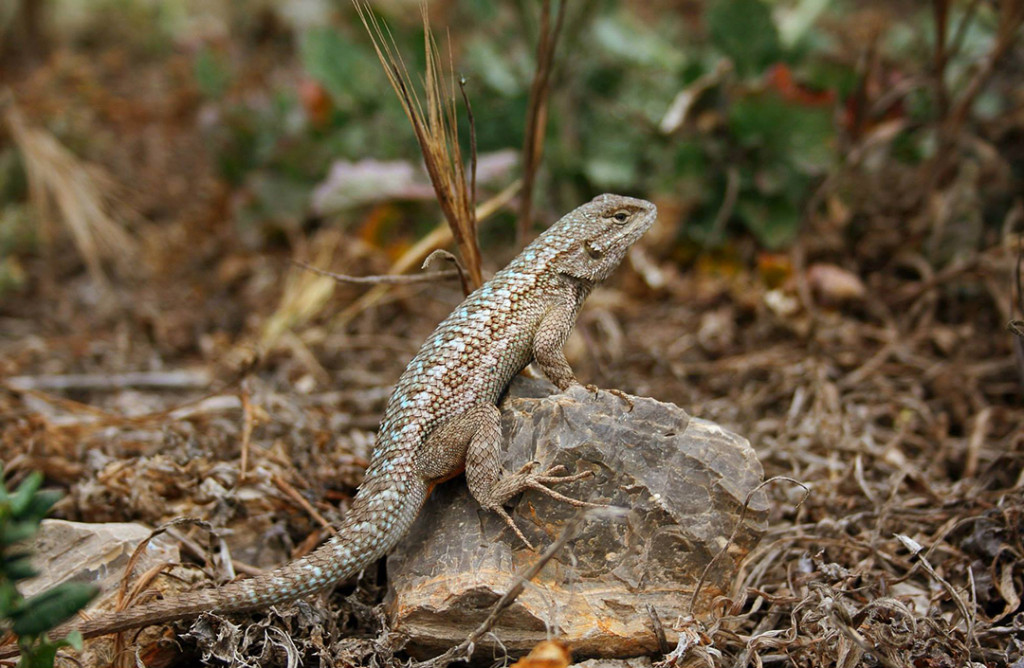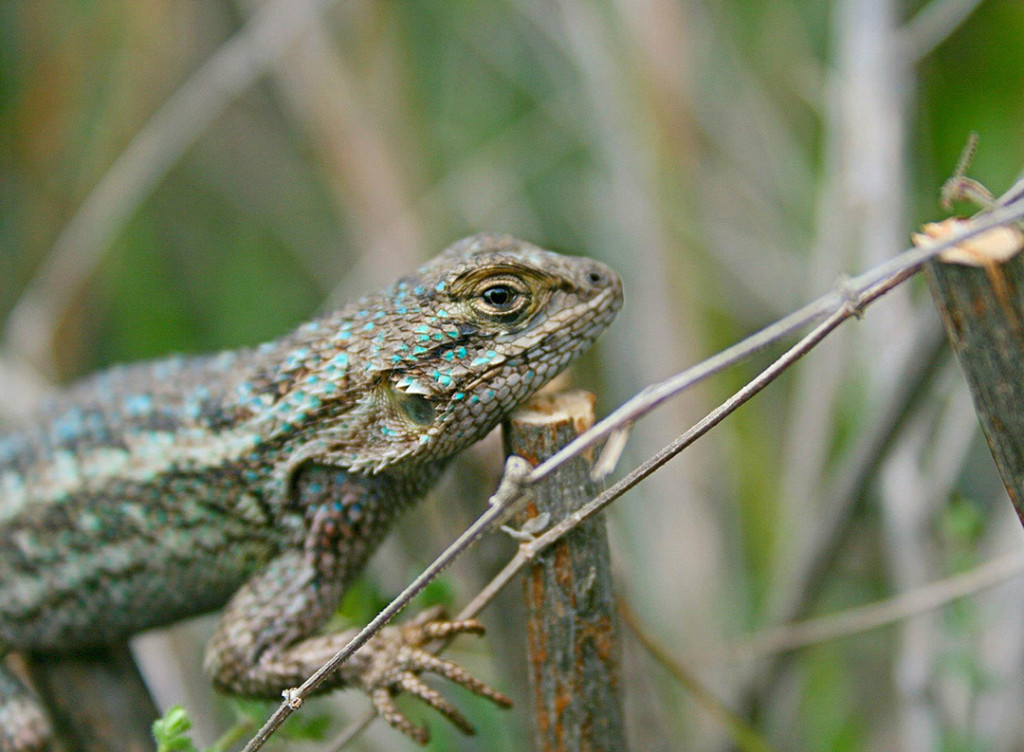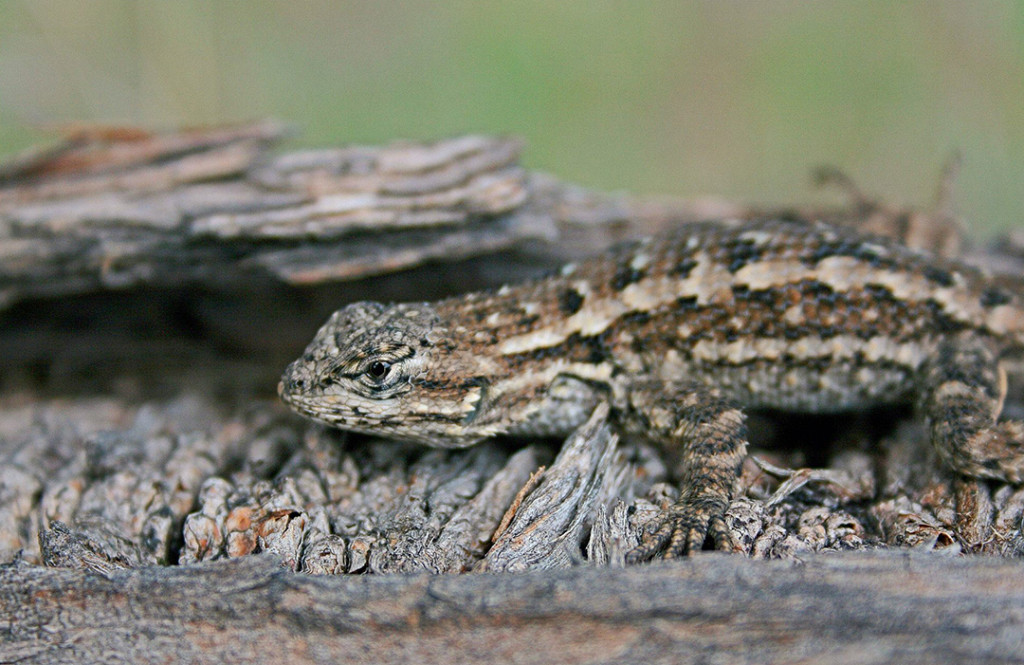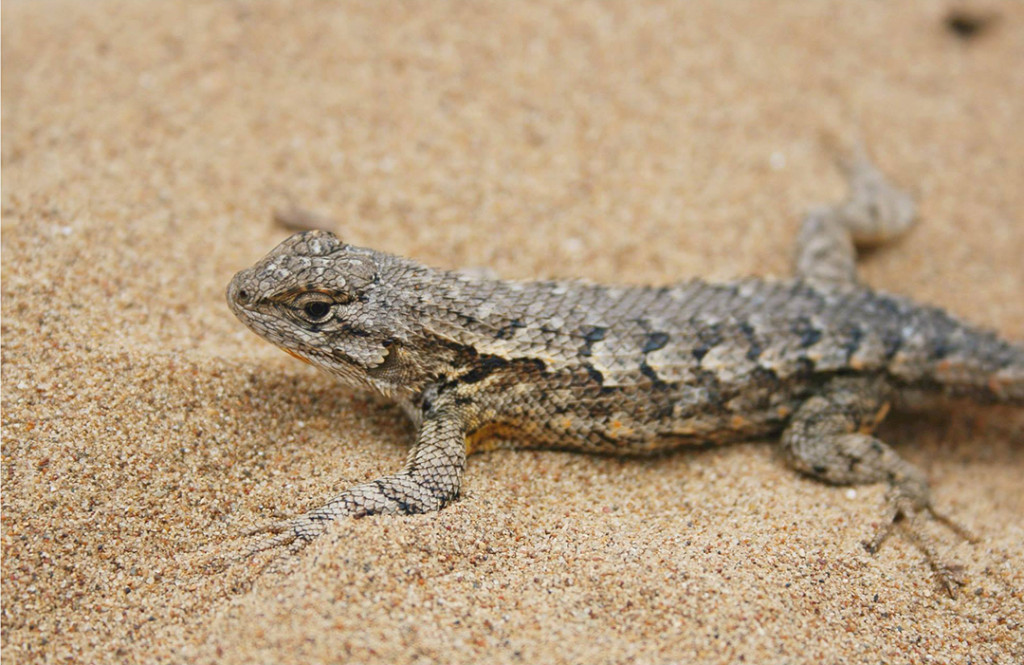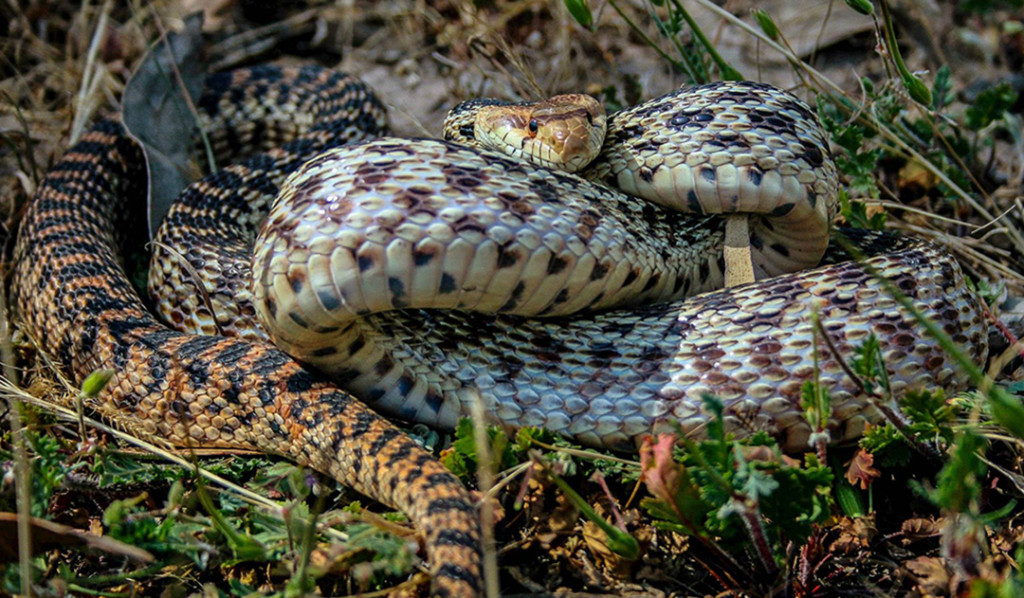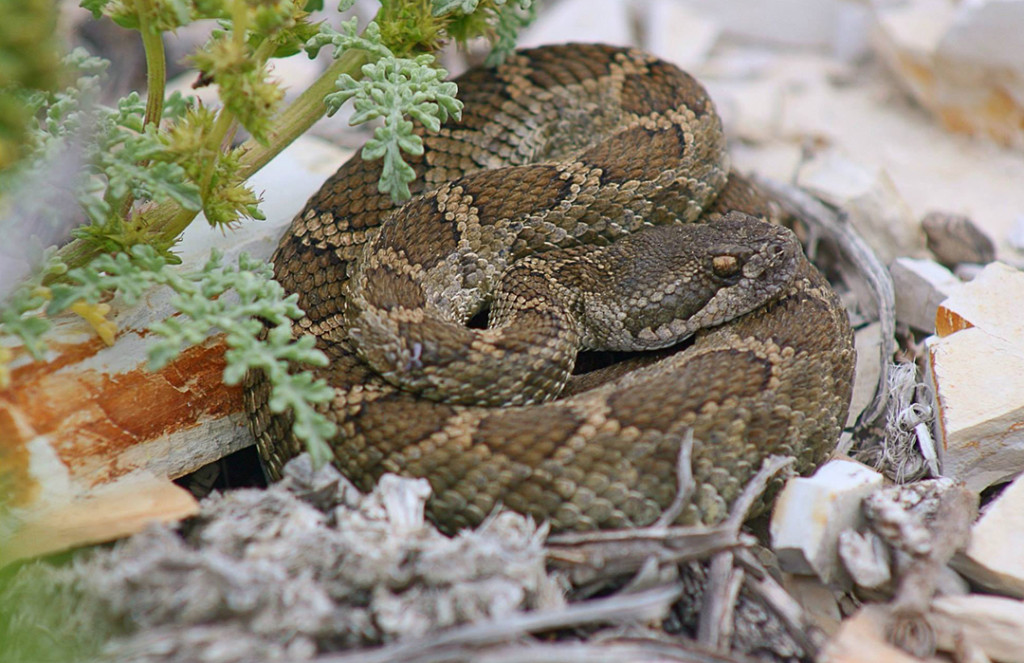As a child I was enthralled with reptiles, mesmerized by the unending stare of a snake and the myriad geometric patterns and colors of turtle and lizard scales. I would spend hours trekking through nearby fields and streams in search of all things slimy and scaly- a habit I never grew out of. Growing up in the Midwest, species of the western US up until now were encountered only as pictures in books and childhood daydreams. After relocating to the west coast, much of my free-time is spent in the field attempting to catch a glimpse of the native reptile and amphibian species of central California. More recently, I have become interested in identifying and untangling the seemingly unfathomable number of bird species found here on the Central Coast. As I encounter local species of reptiles, amphibians and birds I will be posting pictures of these animal encounters along with interesting natural history facts about each specimen. There is so much beauty within the world to be discovered and appreciated; why not start in one’s own backyard.
Let’s take a look at the only native species of turtle to the area, Actinemys marmorata, the Western Pond Turtle. Pond turtles are small-medium semiaquatic chelonian species with a rather flat shell shape. Most appear somewhat bland, having a muddy-brown carapace (top shell), a yellowish plastron (bottom shell), and lighter brown appendages/head. There are some beauty queens, however, that display ornate, radiant striping on the carapace and pretty yellow mottling of the arms, legs, and neck. Males will usually have pale-yellow throats and flatter shells while females will have a higher, dome-shaped appearance to the carapace. These little tanks are omnivorous, feeding on aquatic plants, invertebrates, and the occasional frog/fish – the diet of champions!
Again, these guys are the only species of turtle native to the central coast – any other species of turtle/tortoise found meandering about is either invasive or an escaped pet. Red-eared sliders, an eastern species, have established themselves in many places pretty far from home, including various places in California. Common Snapping turtles, another eastern species, have also made themselves at home in California as well.
Unfortunately, this is the last Central Coast reptile species I have in my arsenal! I suppose we’ll have to change gears and take a look at birds soon. I know, I am heart-broken as well; please stay strong.

